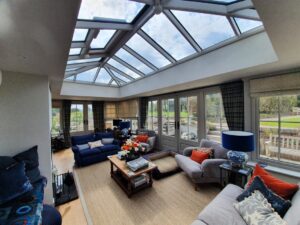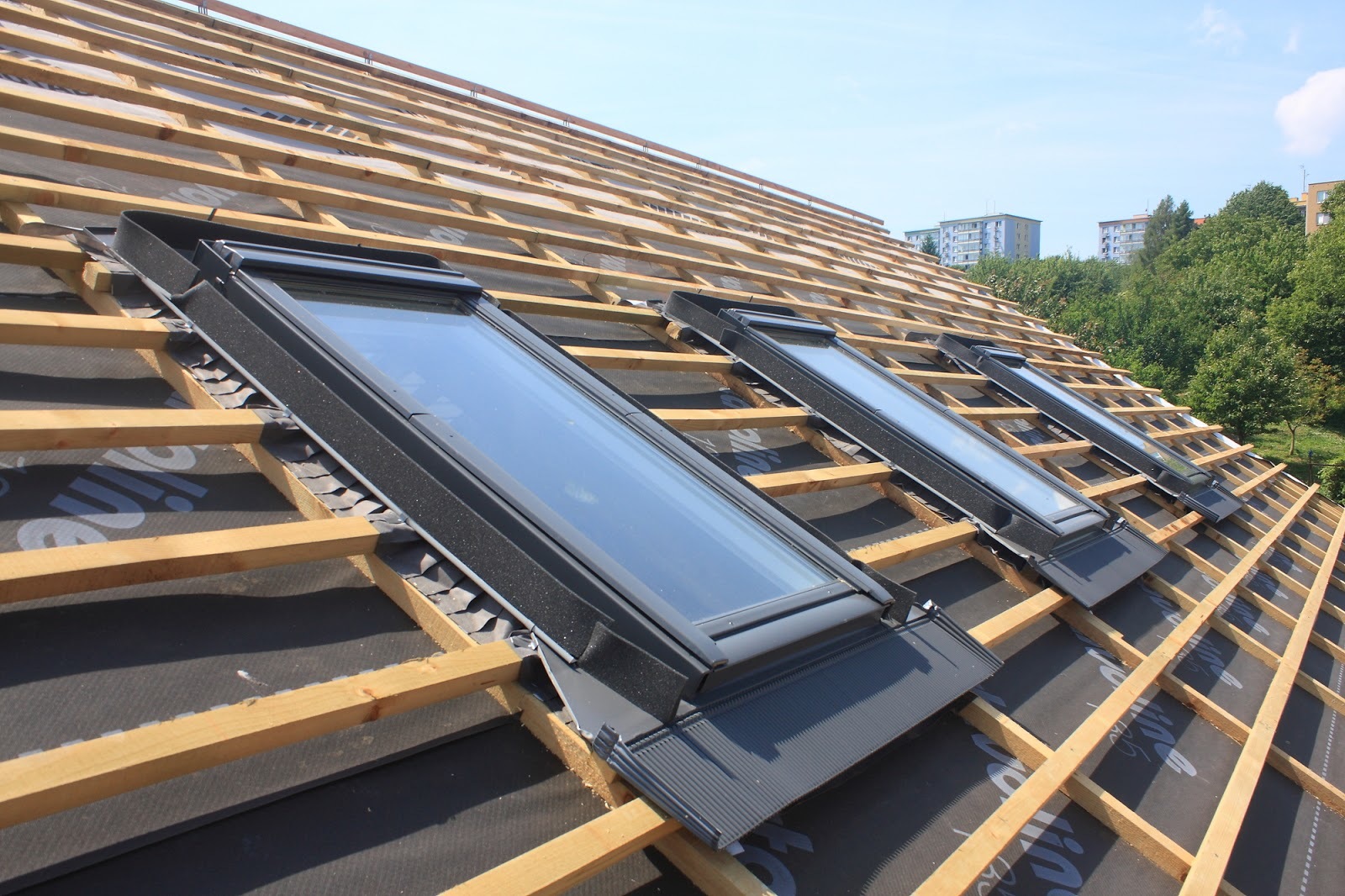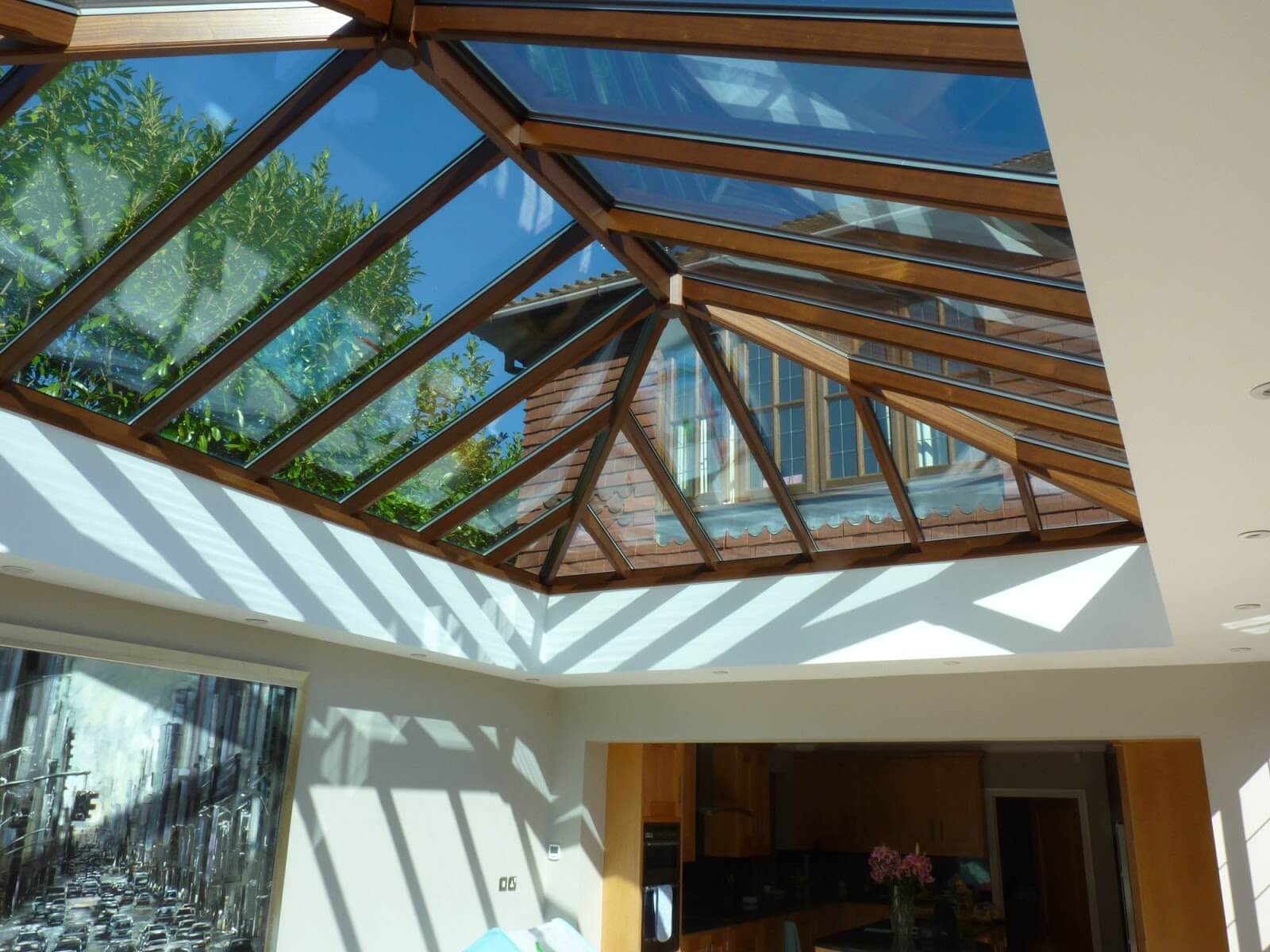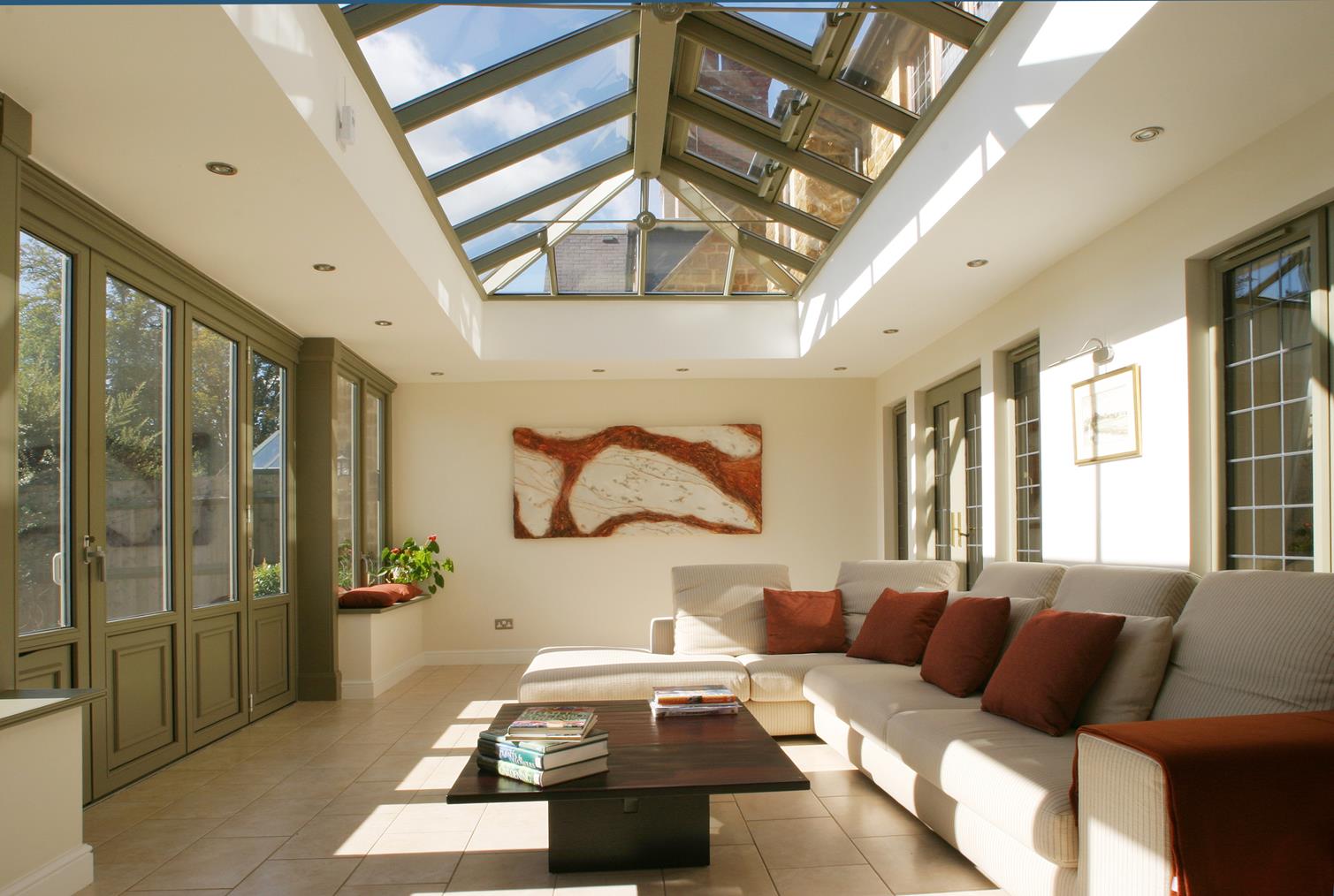Looking to add a touch of rustic charm or contemporary elegance to your home? A wooden roof lantern just might be the perfect architectural focal point. Let’s explore the warmth and character that wood lends […]
What is a Roof Lantern
Illuminating Architecture: An In-Depth Spotlight on What is a Roof Lantern
What is a Roof Lantern? Are you seeking that crowning architectural accent infusing both aesthetics and amplified function into your home? An eye-catching convergence of artistry, sustainability and technology merging in harmony? Then it may be time to discover the captivating world of roof lanterns.

What are Roof Lanterns?
In their simplest conception, roof lanterns constitute custom skylight structures prominently perched atop roof lines. They feature expansive surrounding window panes within specialized timber, aluminum or composite frames. The enclosure integrates raised above the main roof plane to facilitate omni-directional light permeation. Angled glass surfaces promote passive solar gain in winter while avoiding overbearing summer sun. The illuminated space below basks in luminosity streaming from above.
The adaptive structures may span larger living zones or concisely illuminate stairwells and hallways. Shapes shift from hipped rectangles and truncated pyramids to spherical domes or faceted crystal geometries casting unique pillar-of-light patterns within. The customized positioning and scale harmonizes with interior spatial purposes for the ideal balance of breathtaking beauty and practical function.
History and Evolution
Rooftop daylighting architectural elements trace back thousands of years to when glasswork first enabled translucent shelters atop buildings. The famed Pantheon in Ancient Rome featured a 30 foot diameter roof opening illuminating its vast interior rotunda which continues inspiring building design. Stylistic glass enclosed crowns became signatures of Baroque, Beaux-Arts and Victorian Royal Conservatories before modernist movements stripped back ornamentation in favor of aerodynamic utility.
Recent decades witness soaring creativity empowered by computational optimization of geometries, material strengths and fabrication processes. Today’s roof lanterns represent the state of the art blending classical elements with a contemporary minimalist ethos and cutting-edge enhancements only recently made possible. The interplay of sun, shadows and views continues captivating visionary architects.
A Feast for the Senses
Beyond the obvious infusion of brightening natural light into darker, confined rooms, well-executed roof lanterns also provide a feast for the senses via views to the heavens, inviting ventilation and even acoustic enhancements. Skylight visions connect occupants to passing clouds and treetop views rarely appreciated from grounded perspectives. Glimpses of meteor showers, owls crossing the moon or golden hour sunbeams entrance.
Operable vents circulate fresh outdoor air downwards on demand. And the right sound-absorptive liner materials can dampen exterior noise penetration for indoor ambiance control. Integrated temperature moderation solutions prevent overheating while retaining enviro-responsibility. Roof lanterns transform spaces into sky-view sanctuaries nurturing the soul.
Customization Factors
Beyond enriching interior atmospheres through quality daylighting, the showstopping curb appeal roof lanterns present externally ranks as a foremost decision driver for homeowners. As centerpiece works of art handcrafted atop your home, customizable traits enable tailoring both aesthetics and functionality to your lifestyle.
Shapes and Geometries – Dimensional outlines and silhouettes define statements matching preferences from classic to contemporary. Regional architectural traditions also influence appealing forms. Models presenting increased surface area maximize visible glass for winter solar gain.
Frames and Materials – Sustainable, well-aged hardwoods nod to tradition for timeless warmth balanced against sleek minimalist metal framing and cutting edge composites for seamless modern fusions or standout individuality. Insulation factors also vary.
Embellishments and Finishes – Even the most subtly contoured roof lanterns allow for unique decorative enhancements creating signature custom set pieces. Hip ridge cresting, subtly textured exterior color schemes, internal lighting bands – myriad means exist for adding distinction.
Technical Integrations – From advanced glazing compounds limiting heat transfer or automated moisture sensors closing vents to entire Building Management Systems (BMS) controlling multiple environment optimization functionalities, smart home infrastructure can be centralized through the roof lantern.
The permutations empowers homeowners’ creative visions while ensuring architects consistently meet exacting structural engineering specifications for lasting safety and enjoyment.
Perfecting the Partnership
Manifesting aspirational aesthetics in enduring roof lantern pieces requires nurturing alignment between you, the client, and seasoned industry architects steeped in technical build requirements. Collaboration early in conceptual stages ensures desired beauty elements fuse seamlessly with spatial usage needs. Design-build firms with extensive portfolios spanning decades facilitate this critical partnership best.
A stalwart contractor guides in sequencing feasibility assessments of structural provisions, spatial planning refinements and 3D graphical mockups ensuring ideas translate seamlessly from abstract imagination into tangible specs delivered on-time and on-budget. They become invaluable partners bridging the gap from napkin sketches to signature showpieces elevating your home for decades ahead.
Bring Your Vision to Light
In closing, few roof accent options exist eliciting the praise and marvel roof lanterns draw from guests and inhabitants alike. Their refined balance of eye-catching allure and living space enhancements carved to your personal requirements enables homes transcending basic shelters into bespoke havens nurturing body and soul. If you seek nothing short of architectural excellence paired with an uplifted daily experience, now is the time to explore your custom roof lantern possibilities.
Advantages
- Lets in abundant natural light – Roof lanterns illuminate interior spaces much better than conventional skylights or windows. The light enhances ambience and feels uplifting.
- Visually appealing architectural accent – Roof lanterns give rooflines visual interest with an attractive focal point, improving curb appeal.
- Customizable aesthetic designs – A wide variety of lantern shapes, sizes, materials and finishes allows personalized style matching your home.
- Expands perceived space – The increased overhead light gives an airy, spacious feel to formerly confined, dark spaces below.
- Energy efficiency – During daylight hours, integrated lighting sensors can automatically turn off electrical lights to conserve energy.
Disadvantages
- Higher upfront costs – Custom roof lanterns incur more sizable initial investments for quality materials and meticulous installation than basic skylights.
- Leak risks if poorly installed – Improper integration with the roofline can lead to leakage or water damage without proper seals, vapor barriers and flashing.
- Limited weather insulation – Heat loss and snow/moisture infiltration may be concerns in certain climates demanding triple glazing.
- Difficult self-installation – The structural engineering intricacies often demand hiring specialized roofing contractors adding labor costs.
- Lifespan variability based on materials – Maximum durability requires resilient woods or composites vs basic aluminum/glass lasting decades less.
Conclusion
In closing, roof lanterns deliver breathtaking form augmentation through extensive natural lighting for spaces begging transformation. Their capacity to enhance visibility, ambience and architectural marvels as sustainable bespoke centerpieces explains surging popularity. Yet realizing their full potential requires commitment to custom collaborations from concept drawings through framework integration.
By understanding the customizable considerations around shapes, technical specifications and specialty contractor partnerships covered here, you now can strategically plan this crown jewel focal point. Allow ample consultation time for engineers to seamlessly unify aesthetic visions with underlying structural necessities before installations commence. With proper diligence and care in construction, your roof lantern will reliably inspire for generations. The view upwards from within awaits.
FAQ
What are the most popular roof lantern styles?
The most sought after styles include hipped or gabled rectangles, pyramidal and faceted domes. Regional architectural history influences appealing forms. Custom hybrids also increasing.
What roof lantern materials offer the best durability?
Premium wood types like Western Red Cedar or African Mahogany properly treated and maintained provide exceptional longevity. Modern composites also durable and mimic wood grains.
How much do roof lantern installations typically cost?
Costs vary widely based on size, materials and complexity from £3,000 up to £25,000 at the highest end. The average home installation runs between £6,000 to £12,000.
Should I install the roof lantern myself or hire contractors?
Due to intensive structural integration, specialized roofing contractors are strongly recommended for safe, effective mounting unless you have engineering expertise.
What maintenance is required for roof lanterns?
Expect to thoroughly clean glass 2-3 times per year. Check for any seal deterioration or leakage annually. Refinish wood materials as needed. Inspect flashings/gutters for debris.
Lantern Brochures
Download Gaskets Specification Brochure
Download Saint Gobain Glass Brochure
Download Pilkington Glass Brochure
Download Ironmongery Options Brochure






